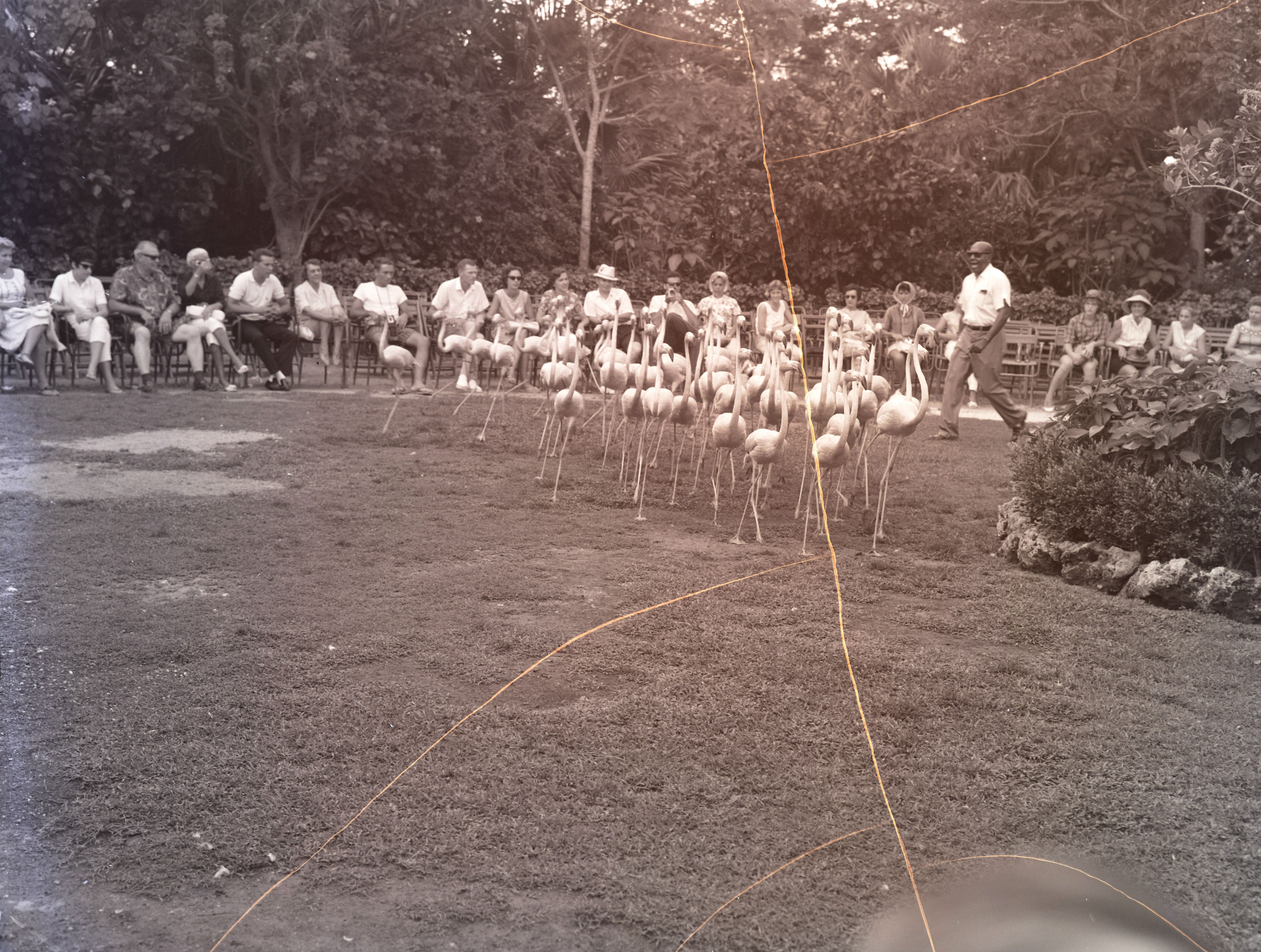Audio Version
Read by Elena Vardon
Text Version
As we process more and more boxes of negatives from the Anthony Kersting archive – that’s over 3000 sheet negs in 19 days – I become convinced that the smell of acetic acid in the studio will be an inextricable part of the memories of Summer 2017, both for me and for the volunteers handling and imaging the negatives.
Although most of the negatives in the archive are in very good condition, many have suffered some temperature variation in the past 50-70 years, and are in various stages of decay. This is where digitisation comes in and saves the day. At the heart of any digitisation effort are two main purposes: sharing and caring.
At the heart of any digitisation effort are two main purposes: sharing and caring.
Sharing, because these images have been kept shelved away for a very long time. How many people, since the negatives were created, would have known where to look, who to ask, what to look for, and how to find what? An insignificant number compared to the people searching the internet for historical pictures of their hometown, of monuments and buildings destroyed by war and natural disasters, of factory workers in Jamaica (those are great, can’t wait to share them!), and of generally wonderful looking places.
But digitising is also caring for the object, giving it some rest, allowing a newer, more robust and accessible version of it to take its place. In the sprint relay that’s the photographer’s vision, where the image is the baton, negatives and prints are the first runners. Exhausted after 70 years on the track, they are ready to exchange with the digital files, which will carry the image into the future.
Caring for the object, but also caring for the original photographer’s vision. As the negatives age in challenging environments, they suffer visual decay. This means that, depending on the type of negative, the original image will be compromised and look very different from how it was intended. Digitising before this happens ensures that the photographer’s vision is preserved for posterity in digital form and that the negatives can be moved to a more stable environment to stop further decay.
But what to say about the negatives which have already suffered damage? Unfortunately, in most cases these are nearly impossible to repair. Where possible, we digitise them as they are and appreciate them for their faults. The volunteers examine them as they prepare for digitisation and record in our database the details of broken or corroded glass plates or film negatives showing channelling. When performing quality checks on the digital images, they can also flag major scratches and deal with any dye retrieval.
Although the original vision is compromised, the damaged negatives take on a beauty of their own. Here are a few favourites.
As the acetate film decays, the base of the negative can shrink and the gelatine can become detached from its support. In the examples below, the channeling and distortion make the landscapes appear as if under water.




In some negatives, the dyes contained in the antihalation layer can react to the released acetic acid and become blue or pink. The images below will be processed in black and white as they were intended but in colour the scenes look dreamlike and striking.


Scratches are the most common type of damage. In the first example I like to imagine the scratches are jetpack contrails. In the second, the scratch looks almost like the trajectory of the jumping dolphin. The third is so surreal, such an unexpected setting, the magic would come through regardless of the damage.





